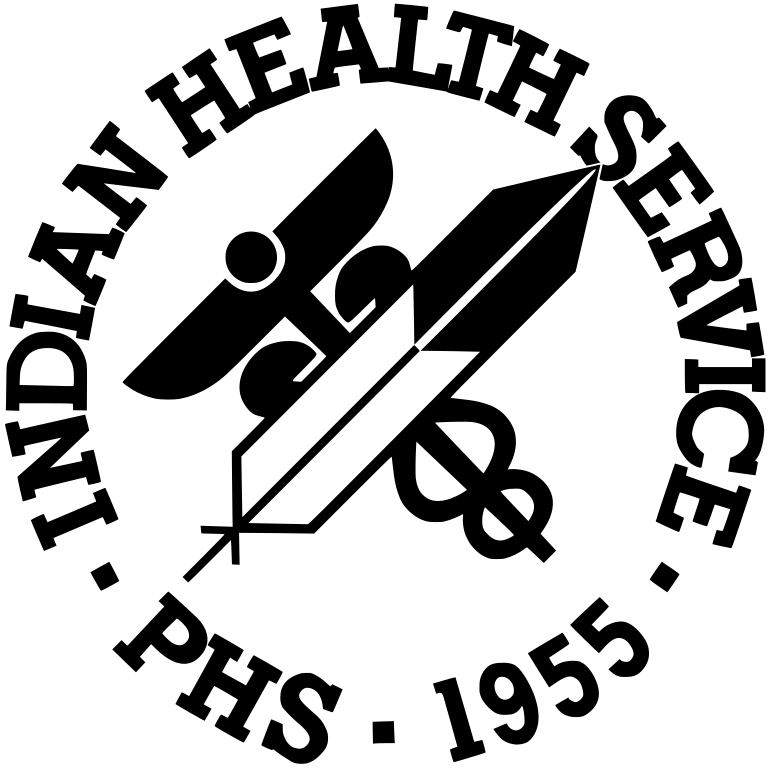2022 Catalog: General Courses
To view other courses in this category, use the “Previous” and “Next” buttons. To select this course and request approval, please login. Need more help reading this page?
DE0306: IHS Monthly EDR Series: IHS Oral Health Status [OHS] Metric – Reporting Outcomes [recorded webinar]
This recorded webinar will provide an overview of the IHS Oral Health Status Metric.
Presenter: Pat Tandon
Dentrix Instructor and Trainer since 1999. Certified for IHS, Enterprise Commercial and DOD. Graduated with engineering degree and manage a Support company in South Florida that provides technical services to the Healthcare marketplace. MCSE and Microsoft curriculum trainer. Dentrix Trainer of the Year 2009, Instructor of the Year 2011 and Enterprise Trainer of the Year 2017.
Agenda:
1. Quick Review of the IHS Oral Health Status Metric available in V8.0.9
• Metric is designed to provide a standardized, automated calculation of an overall oral health status score for each patient and will define at risk patients.
• OHS Classification score is based on provider data entry of four objective, standardized oral health parameters.
i. Caries; both number of active carious lesions as well as maximum depth of carious lesion[s]
ii. Soft tissue evaluation / condition [oral cancer, indication for biopsy, etc.]
iii. Periodontal disease.
iv. Presence of abscessed teeth
1. The OHS data entry also allows the provider to identify the need for urgent care to address conditions not directly related to these four specific parameters [i.e. lost/failed restoration[s] without associated carious lesions, etc.]
• Classification score is reflected on the OHS Statistics Report.
i. OHS 1: Excellent [no dental treatment required]
ii. OHS 2: Moderate-Good [moderate dental treatment needs]
iii. OHS 3: Compromised [Urgent dental treatment indicated]
iv. OHS 4: Poor [Very Urgent dental treatment indicated]
v. OHS 5: Patient who was previously scored as OHS 4 but has not had an OHS update within the 24-month time range. After another 12 months of no OHS update, become OHS [Classification] 6.
vi. OHS 6: Previous Class 1-3: At 25 months without OHS update, patient becomes an OHS 6 which reflects the oral health status as “unknown”.
2. Completion of the OHS Metric data entry has minimal impact on the Clinical workflow in the EDR.
• Use of quick Clinical Note “Template” to generate an OHS Data Entry
i. When the OHS Data Entry “Template” clinical note is signed the OHS metric data entry dialogue box auto launches for completion
ii. OHS ‘meter’ can be used as a patient education / motivation tool
iii. Demonstrate single-page OHS data collection document
3. DXOne Oral Health Status Report
• Parameters available and description of their use in the report.
i. Live software used to demonstrate each parameter selection and its effect on the report’s outcome
ii. Live software used to pull data reports for different situations
iii. Present copies of OHS Report with representative data in different scenarios of Classifications and thoroughly describe what is being displayed
4. How to use the OHS Statistics report data’s importance in management of clinic’s patients.
• It is a resource to use for identifying at risk patients so they may be contacted.
i. Explain the ways in which at risk patients are identified in the report.
5. Interpret at least four population measures from the basic DXOne “OHS Statistics” Report.
a. [Number of people that have never been seen in clinic]
b. [Number of clinic population in each OHS classification]
c. [Number of patient that have not had an OHS update within at least two years]
d. [Number of patients that have immediate treatment needs]
e. [Modify report parameters to report OHS classifications by specific clinic or provider]
6. Generate an OHS Statistics report to identify individual patients with specific treatment needs.
Understand how to use the report options available in the “OHS Statistics” Report
7. How to use the “OHS Statistics” Report for HP/DP & QA/PI initiatives
Understand manipulating and saving the information on the report in an Excel format.
Upon completion of this webinar, participants will be able to:
Learning Objectives:
1. Further understand the purpose of OHS Metric Tool in the clinical workflow
2. Understand how to use the parameters available to produce the Oral Health Status Report
3. Understand how to use the information gathered for effective follow up of at-risk patients
Pat Tandon — For follow-up questions, please contact the speaker at pattandon@henryschein.com.
It is the policy of the Indian Health Service, Division of Oral Health, that faculty/planners disclose any financial or other relationships with commercial companies whose products may be discussed in the educational activity. The Indian Health Service, Division of Oral Health, also requires that faculty disclose any unlabeled or investigative use of pharmaceutical products and medical devices. Images that have been falsified or manipulated to misrepresent treatment outcomes are prohibited.
None of the faculty/planners for this activity has a conflict of interest, and there is no use of unlabeled or investigative pharmaceutical products or medical devices. No images have been falsified or manipulated to misrepresent treatment outcomes.The educational objectives, content, and selection of educational methods and instructors are conducted independent of any commercial entity.
The IHS Division of Oral Health is an accredited sponsor of continuing education under the American Dental Association Continuing Education Recognition Program (CERP). ADA CERP is a service of the American Dental Association to assist dental professionals in identifying quality providers of continuing dental education. ADA CERP does not approve or endorse individual courses or instructors, nor does it imply acceptance of credit hours by boards of dentistry. Concerns or complaints about a CE provider may be directed to the IHS at IHS CDE Coordinator or to the Commission for Continuing Education Provider Recognition at CCEPR.ada.org
Participants should be end users of the IHS Electronic Dental Record.
Please Make Checks Payable to: Indian Health Service.
Tuition must be paid in full 8 weeks prior to the start date of any course. Request for refunds must be received in writing at least two weeks before the course begins. For each refund request, there will be an administrative charge of $100. No refunds will be made to registrants who fail to attend a course. If IHS CDE program cancels a course, then 100% of the tuition will be refunded.



